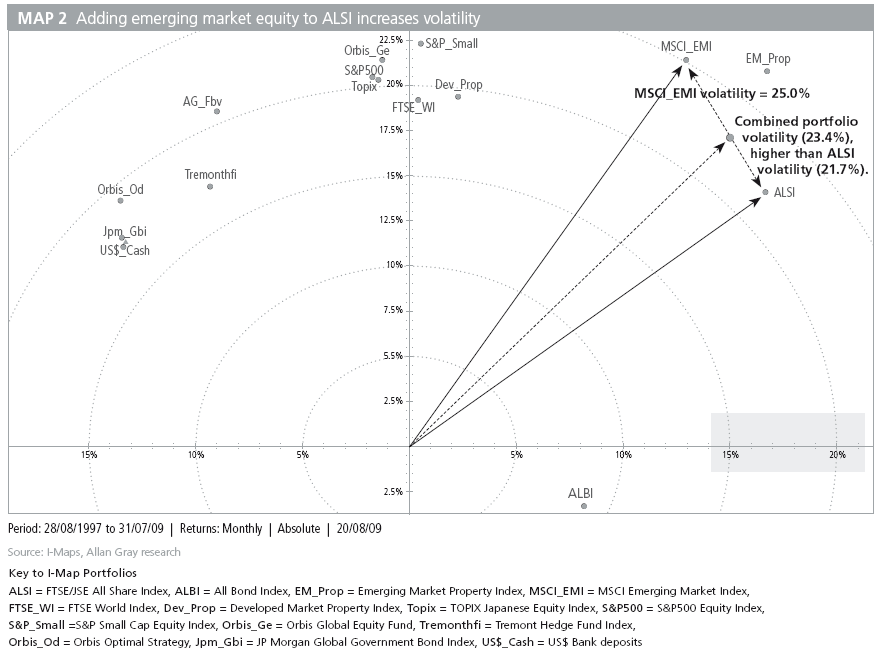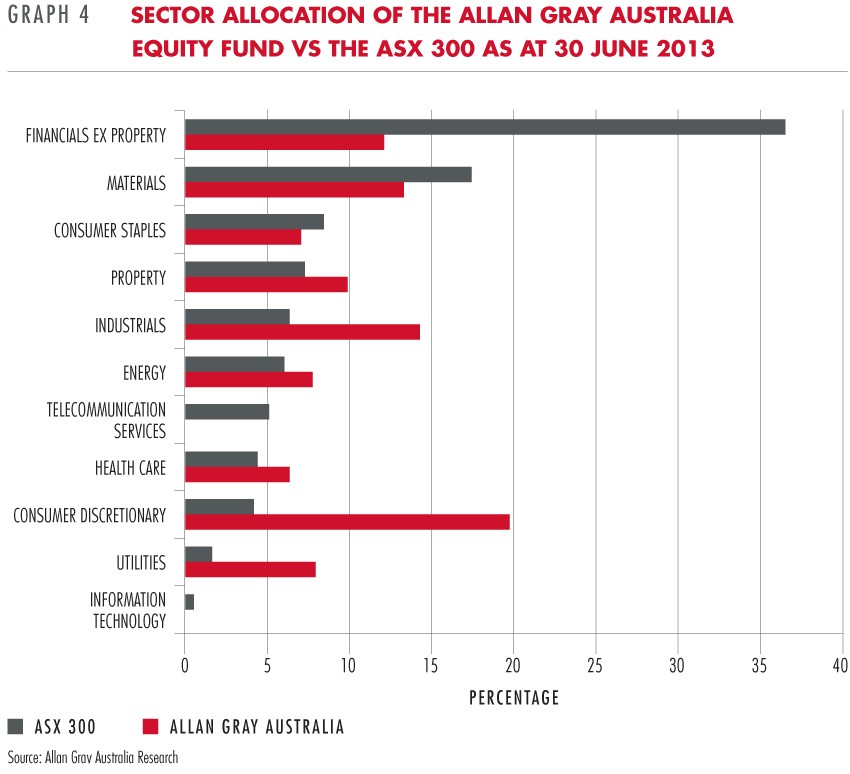The benefits and pitfalls of foreign diversification Allan Gray Botswana
Post on: 22 Август, 2015 No Comment

EXECUTIVE SUMMARY: Most South African investors looking to diversify will choose to include offshore assets in their portfolio. The trick is to select the right combination of foreign assets and asset managers, in order to produce the desired result i.e. diversification without sacrificing long-term performance. The concepts of volatility and correlation play a central role in understanding the benefits and pitfalls of diversifying by investing offshore. Chris du Toit explains.
South Africa is a relatively small, open economy. Our stock market consists of some 370 companies and makes up just over 1% of the world’s total listed equity universe by market capitalisation. For South African investors, offshore assets are a natural option when looking to build a diversified portfolio.
Shares of companies that operate in different industries and different parts of the world should behave differently. Business and economic cycles favour different companies at any given point in time, and therefore investing in those different companies should yield different (unrelated) returns over time.
Correlation and volatility
According to the text books, a diversified portfolio of assets should produce returns at lower levels of volatility over the long term. The concepts of correlation and volatility are central to portfolio diversification. Correlation measures the strength of the relationship between two assets’ returns. A positive correlation indicates a strong positive relationship, i.e. the two assets tend to have higher and lower returns at the same time. A negative correlation implies the opposite, i.e. the two assets’ returns move in opposite directions at any given time. A correlation of zero implies that no relationship (positive or negative) exists between the returns of the two assets.
A portfolio consisting of assets that are all positively correlated with each other is not diversified. An undiversified portfolio is not a problem if all the assets are performing well, but it is a problem if all the assets are performing poorly.
By adding assets with zero, or negative correlation, a portfolio becomes more diversified. We measure the effectiveness of diversification by the extent to which the portfolio’s overall volatility, or deviation of its returns, is reduced. Intuitively, a portfolio consisting of correlated assets will show larger deviations in its overall returns (a high volatility), and a portfolio consisting of uncorrelated assets should show smaller deviations in its overall returns.
Allan Gray, Chris du Toit. The benefits and pitfalls of foreign diversification
How different are the assets that you are investing in?
As indicated in previous commentary, the returns of South African shares are highly correlated with broader emerging markets, partly due to the behaviour of global investors who treat all emerging markets as a single asset class. Graph 1 notes how closely the performance of the FTSE/JSE All Share Index (ALSI) and the Morgan Stanley Capital International (MSCI) Emerging Market Index (EMI) (measured in US dollars) follow each other.
A map of past correlation and volatility
1. The volatility of each portfolio is indicated by its distance from the centre of the map. Portfolios with a high volatility are further away from the centre.
2. The angle between two portfolios from the centre measures the correlation between them. A smaller angle (in other words portfolios that are closer together) implies a strong positive correlation. A larger angle (portfolios far apart) implies lower correlation.
Click to enlarge graph
Click to enlarge map
Click to enlarge map
We have plotted various foreign asset classes and portfolios on the maps to investigate the effectiveness of these options in terms of portfolio diversification for South African investors. All the returns are monthly and measured in rands.

Allan Gray’s fully discretionary foreign balanced mandates (such as the Allan Gray-Orbis Global Fund of Funds) are able to invest in a range of Orbis’ Equity and Optimal SA funds. This combination of offshore funds is shown on the maps (AG_Fbv).
The closer portfolios and assets are to each other on the maps, the more highly correlated they are. For example three distinct groups of portfolios that are close to each other are circled on Map 1. The ALSI, MSCI EMI and Emerging Market Property Index are highly correlated and indicated as ‘Emerging markets’ on the right of the maps. The FTSE World Index, S&P500, Topix and the Orbis Global Equity Fund are highly correlated with each other and are shown as ‘Developed markets’ in the middle of the maps.
The developed markets’ portfolios are reasonably uncorrelated with the emerging market portfolios. On the far left we group the ‘Other foreign assets’ being US$ cash, global bonds, hedge funds, the Orbis Optimal US$ Strategy and Allan Gray’s Foreign Best View portfolio (a specialist balanced portfolio for institutional investors). The other foreign asset portfolios are highly uncorrelated to the emerging market group.
A useful feature of these maps is the ability to combine different assets into one portfolio. For example, Map 1 combines the ALSI and Allan Gray’s Foreign Best View to form a portfolio of South African and foreign assets (Combined portfolio). Adding this mix of (low correlation) Orbis Funds to South African shares has meaningfully reduced the overall volatility of the portfolio to 17.5%, as shown by the dotted arrow in the maps, versus 20.5% for the Foreign Best View and 21.7% for the ALSI.
Because emerging markets and equities are highly correlated to the ALSI, adding the two together produces a portfolio with higher volatility than the ALSI (see Map 2 ). This illustrates the importance of investing in uncorrelated foreign assets if and when you are looking to diversify your overall portfolio.
During the second half of 2008 and into early 2009 the global credit crisis caused a massive sell-off in all asset classes. We were reminded again that the past is not a guarantee of the future, as the correlation between all equity markets rose to levels way above historical norms. During such periods of high correlation the benefits of diversification can indeed disappear. Reassuringly, Allan Gray’s Foreign Best View portfolio and Orbis’ Optimal funds maintained their very low correlation with South African assets during this crisis.
South Africa, along with all emerging markets, has outperformed world markets meaningfully over the last 10 years. The ALSI has returned 13.7% per year in US dollars but world markets have returned only 1.3% per year. Allan Gray’s Foreign Best View portfolio has returned 12.8% in US dollars. Clearly, a diversified portfolio (i.e. including foreign) is likely to have underperformed a potentially less diversified local only portfolio. However, given current valuations of shares in South Africa compared with those outside South Africa, we would favour a maximum exposure to foreign assets.
The trick is to select the right combination of foreign assets and asset managers, in order to produce the desired result i.e. diversification without sacrificing long-term performance.














